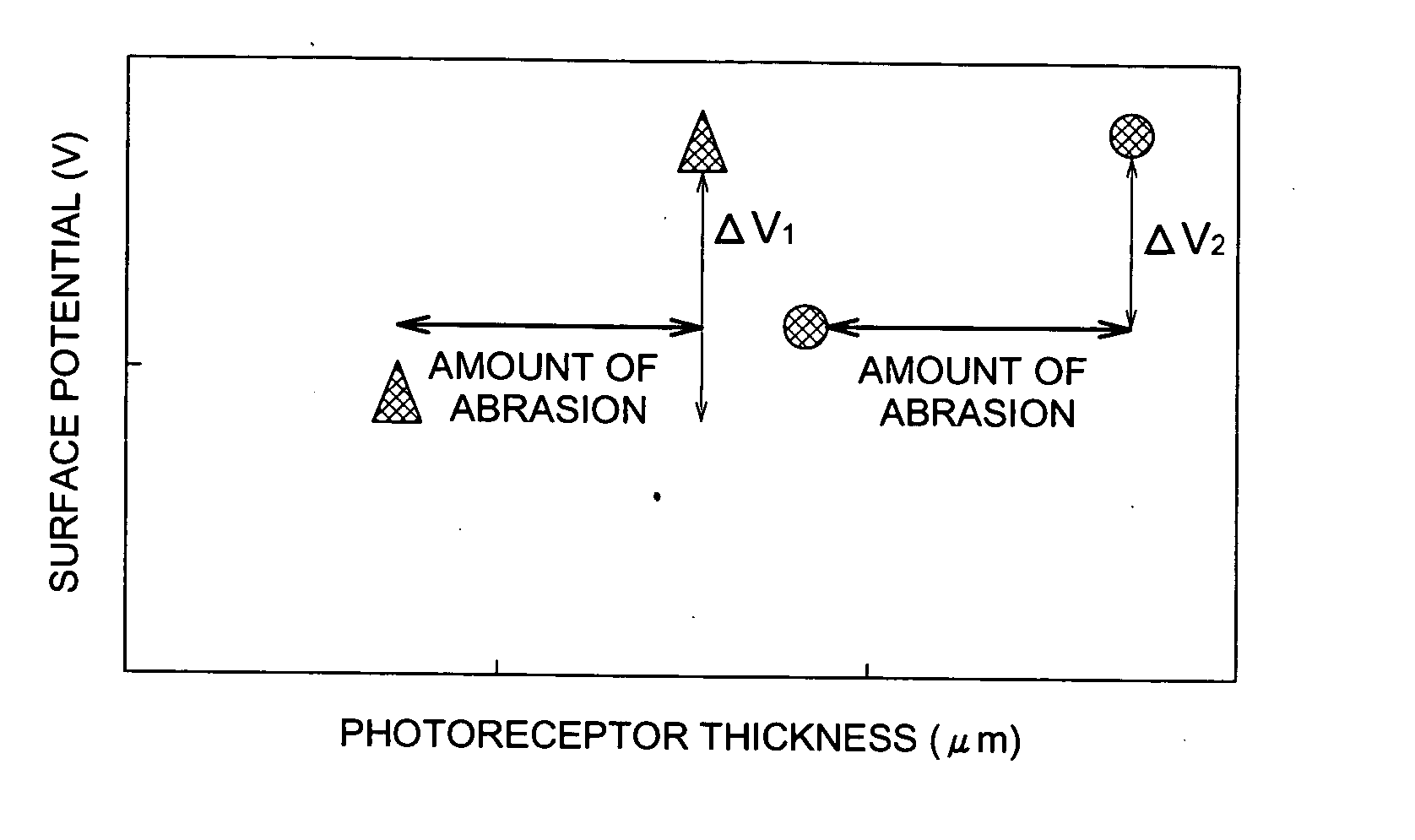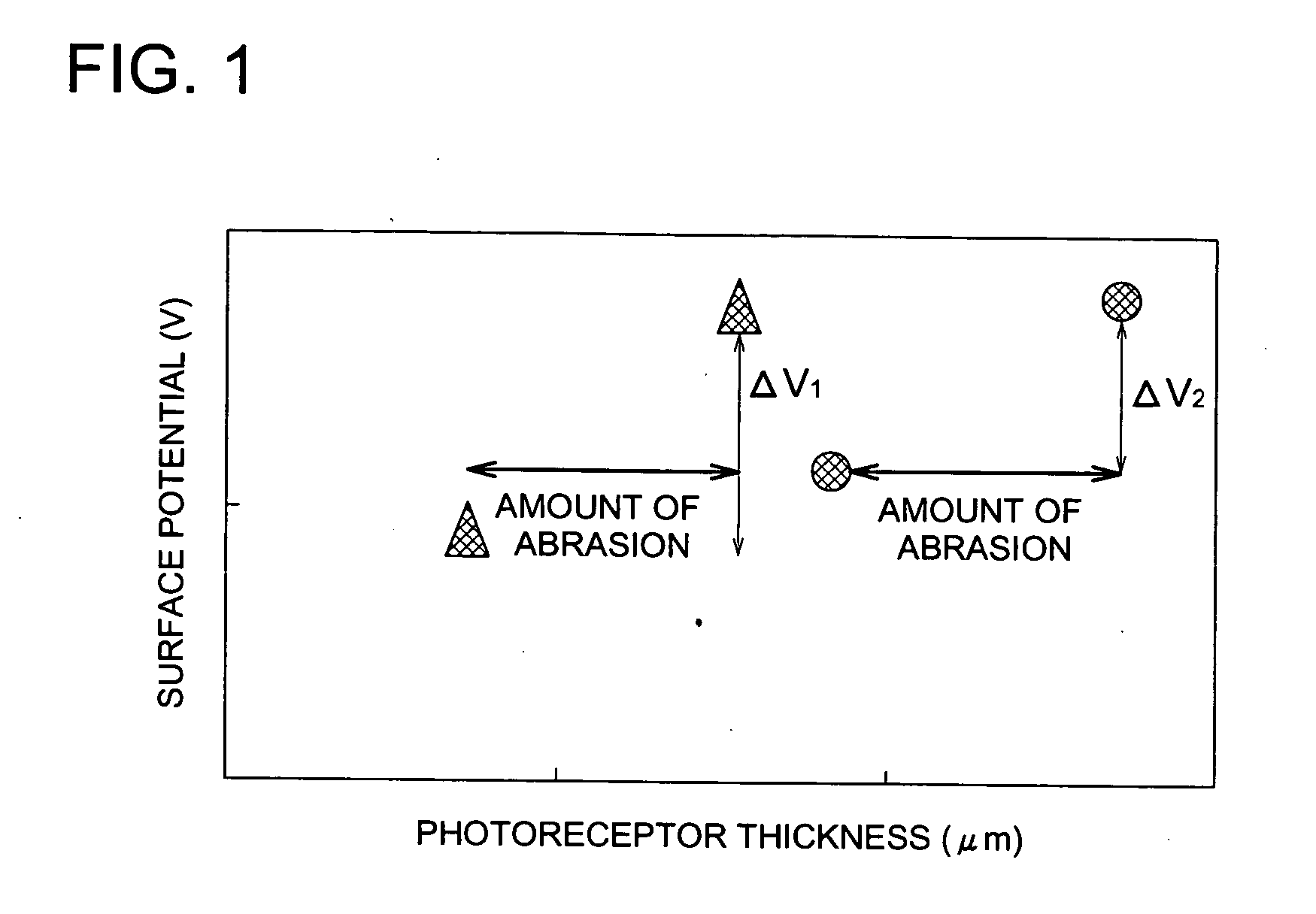Image forming method and image forming apparatus
- Summary
- Abstract
- Description
- Claims
- Application Information
AI Technical Summary
Benefits of technology
Problems solved by technology
Method used
Image
Examples
preparation example 1
Toner Preparation Example 1
Example of Emulsification, Polymerization and Association Method
[0239] 0.90 kg of sodium n-dodeycl sulfate was added to 10.0 liters of pure water and dissolved while stirring. 1.20 kg of Regal 300R (carbon black manufactured by Cabot Corporation) was gradually added to the resultant solution. After stirring well for 1 hour, the solution was continuously dispersed for 20 hours using a sand grinder (a medium type disperser). This resultant dispersion was designated as the “fixing agent dispersion 1”.
[0240] In addition, a solution of 0.055 kg of sodium dodecylbenzenesulfonate and 4.0 liters of deionized water was designated the “anion surfactant solution A”.
[0241] A solution of 0.014 kg of nonyl phenol polyethylene oxide 10-mol addition product and 4.0 litres of deionized water was designated as the “nonion surfactant solution B”.
[0242] A solution formed by dissolving 223.8 g of potassium persulfate and 12.0 litres of deionized water was designated as the...
PUM
 Login to View More
Login to View More Abstract
Description
Claims
Application Information
 Login to View More
Login to View More - R&D
- Intellectual Property
- Life Sciences
- Materials
- Tech Scout
- Unparalleled Data Quality
- Higher Quality Content
- 60% Fewer Hallucinations
Browse by: Latest US Patents, China's latest patents, Technical Efficacy Thesaurus, Application Domain, Technology Topic, Popular Technical Reports.
© 2025 PatSnap. All rights reserved.Legal|Privacy policy|Modern Slavery Act Transparency Statement|Sitemap|About US| Contact US: help@patsnap.com



